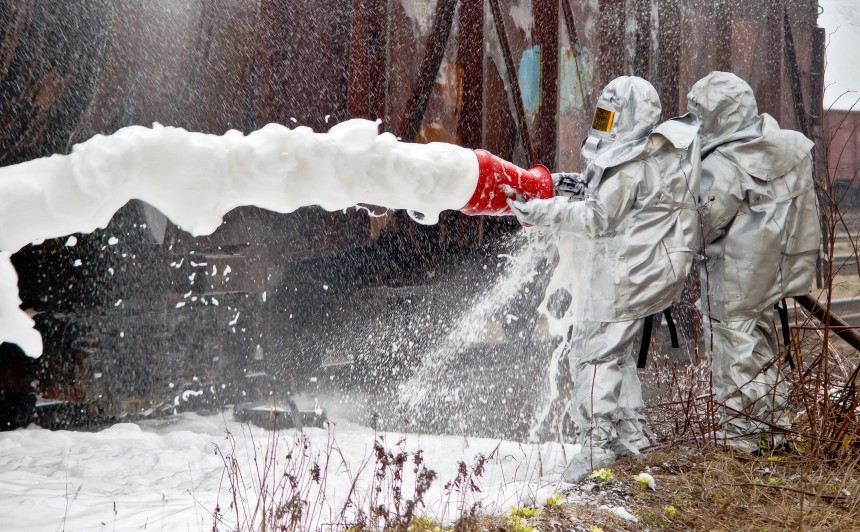Lack of Training Can Lead to Hazardous Materials Incidents in Transportation #RethinkTraining
 By Melissa Powers
By Melissa Powers
Regulatory Compliance Analyst
AQT Solutions
powersm@aqtsolutions.com
www.aqtsolutions.com
#RethinkTraining
Author Bio
As AQT’s Regulatory Compliance Analyst, Melissa Powers has extensive experience utilizing ATMS for a variety of training management systems. As AirNet System’s Regulatory Compliance Coordinator for over 15 years, Melissa was responsible for managing an extensive dangerous goods training program, TSA security programs and an airport security program. Melissa is knowledgeable in areas of dangerous goods/hazmat and TSA compliance and the complexities surrounding these regulatory environments.
Hazardous Materials Incidents in Transportation
“Failed to provide initial general awareness, function specific, safety and security awareness training.” “Failed to provide recurrent training.” Failed…not a word you want to see especially when it relates to hazardous materials training. It should come as no surprise that lack of training or insufficient training can lead to hazmat incidents and accidents when shipping hazmat by any mode of transportation. It’s quite evident as we look upon a PHMSA Enforcement Notice and examine that last sentence in the violation summary, it almost always deals with a failure to provide proper training. Many violations may proceed that last sentence but that simple statement of failing to provide training in many cases is a direct correlation of the previous violations.
PHMSA Violations
A typical PHMSA Enforcement Notice is 100 some pages in length and details a summary of a company’s hazmat violations along with a penalty amount surrounding the infractions. What is always interesting is no matter the long list of violations outlined the lack of training dilemma typically crops up. Why? Well, it’s pretty much common sense. If people are not properly or infrequently trained mistakes and accidents occur. The DOT has identified human error as a contributing cause for most hazmat transportation incidents. (U.S. Department of Transportation. Pipeline and Hazardous Materials Safety Administration.) As outlined by the DOT, these human errors may result from a variety of factors:
- Lack of knowledge leading to the mishandling of hazmat
- Lack of knowledge leading to undeclared shipments
- Lack of awareness that hazmat is present
- Failure to follow established safety procedures
- Lack of understanding of one’s role during an incident should one occur
- Lack of knowledge on how to respond to an incident if one occurs
Preventing Human Errors with Training
If we understand that human error is a leading factor of accidents and incidents our best defense is to ensure implementation of an effective training program and also remain diligent about recurrent training. 49 CFR §172.704 outlines training requirements but diving into the subparts is a must to determine what trainees require based on job duties. Determining proper training in relation to an individual’s hazmat job functions can reduce the risk of an incident since you are focusing on particular aspects of their job duties. Measure a trainees understanding by providing quizzes and tests. Although no standard test score is required consider using a passing score. If results are insufficient re-training and re-testing may be necessary. Also, talk to the individual to see what they are not understanding, a simple conversation could resolve the issue. Remember, hazmat training is not a one-time event, retraining is required every 3 years. There is no rule saying you can’t re-train before then either so always take that into consideration. Training more frequently than what is required is allowed and more repetition of the material equals the likelihood that a trainee will retain or pick up on a concept they missed previously. Also, don’t forget about final rules released by PHMSA that employees may need briefed on outside of training to ensure they are safely and properly performing their hazmat duties.
PHMSA clearly indicates that training is the best means of preventing a hazardous material incident. It’s not a matter of blindly throwing a training course at an employee. Take the time to ensure the training is effective and will increase that employees skills and help them safely deal with the hazmat. This is one of the first steps in preventing an incident along the chain of custody. One cannot say it enough and training professionals understand it all too well but it all comes back to training.
View / share this article as an eBook















